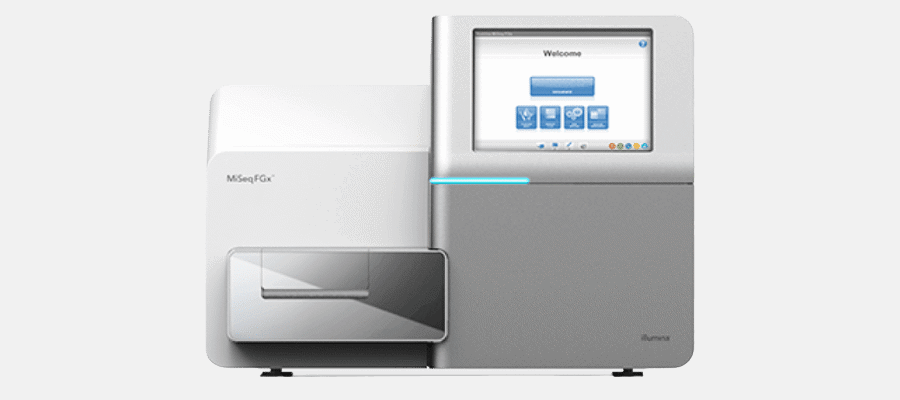Services > DNA Services > MPS
Massively Parallel Sequencing
See also:
PACE
Crime Stain DNA
Major Crime DNA
High Sensitivity DNA
Mitochondrial DNA
YSTR Profiling
ID Secure

UKAS Accredited Next Generation Forensic DNA Analysis
Building on a long history of innovation in forensic DNA profiling, Cellmark has launched an ISO17025 accredited Massively Parallel Sequencing (MPS) service. This next generation of forensic DNA profiling has been introduced working in partnership with Verogen, the world’s leading forensic MPS technology provider.
Cellmark became the first UK forensic laboratory to receive UKAS ISO17025 accreditation for sequence-based forensic DNA profiling in September 2021. MPS (also known as NGS - Next Generation Sequencing) is a huge leap forward in forensic DNA technology and delivers far more detailed DNA information than has previously been possible. The combination of sequence information together with such a large number of markers has the potential to help resolve some of the more challenging forensic DNA samples and complex relationship cases, as well as providing advanced phenotypic intelligence.
If you are interested in finding out more about how MPS might be able to assist in a particular investigation please contact your account manager or the lead forensic scientist assigned to your case.
Cellmark is using Verogen’s Forensic Genomics System, analysed on the Illumina MiSeq FGx platform and within a single assay it is possible to interrogate:
- 27 Autosomal STRs (including all autosomal STR loci contained in the AmpFLSTR® NGM SElect, AmpFLSTR®GlobalFiler and PowerPlex®Fusion kits except SE33)
- 24 Y-chromosome STRs (including 20 of the loci contained in the PowerPlex® Y23 kit)
- 7 X-chromosome STRs
- 94 Identity SNPs (Single Nucleotide Polymorphisms)
- 22 Phenotypic SNPs (for hair and eye colour)
- 56 Biogeographical ancestry SNPs
Included among the many specialist applications will be the ability to provide phenotypic and ancestry estimations; to resolve STR alleles that are identical by size but different by sequence; to provide increased resolution of mixed DNA samples; and the potential to recover additional information from low level and degraded samples.
